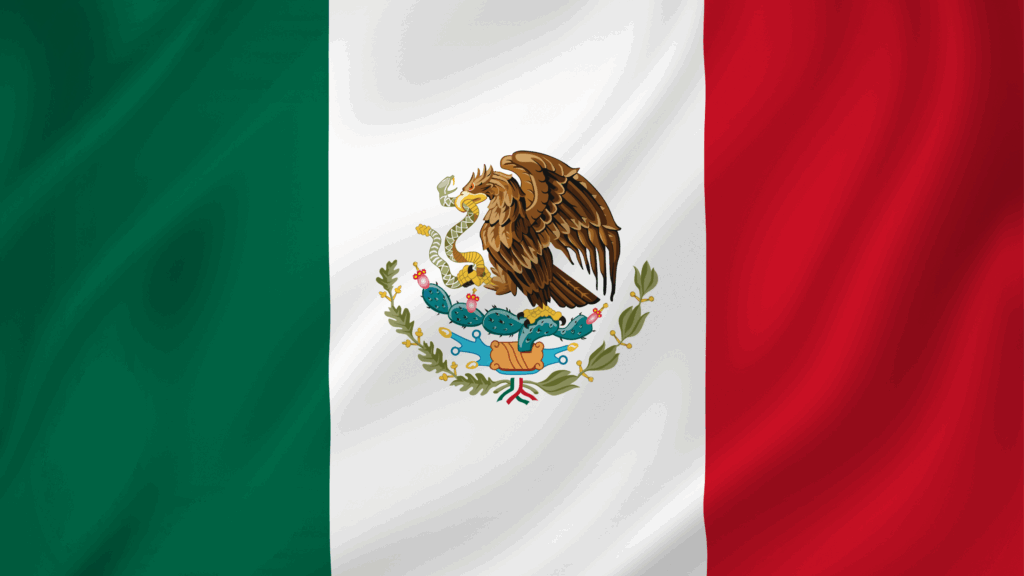Economic and geopolitical trends and insights from FrontierView’s Global Economics and Research team
This week’s White House summit brought an unusual sight: Donald Trump flanked by European leaders and Volodymyr Zelenskyy, united, at least for now, in the name of peace. With his self-imposed deadline for ending the war slipping, Trump used the meeting to present progress: a vague pledge of “security guarantees” for Ukraine, and signs of alignment with Europe.
Behind the handshakes, however, cracks remain. Trump ruled out NATO membership for Ukraine, and floated the idea of giving up territory, a major red line for Kyiv. Meanwhile, Russia stayed silent, insisting on technical talks before any real negotiation.
The summit may have bought Trump time. But unless it leads to serious engagement with Moscow, the war will grind on, and Europe may once again be left reacting to a Trump-driven deal. For multinationals, that means continued geopolitical uncertainty across the region, with upside only if a durable framework emerges.

|

Trade diplomacy is stirring again, with confirmed US trade agreements with South Africa and Thailand, and renewed momentum in Brazil-Mexico trade relations. Meanwhile, Donald Trump’s 50-day ultimatum and escalating sanctions rhetoric on Russia can take the conflict towards either a short term air truce or even more volatility.
There is, for now, a glimmer of tariff clarity but executives still face unanswered questions: How will Mexico, India, or Switzerland’s trade deals land? What shape will the EU’s final trade deal details take? And how far will tensions with Russia escalate before a true ceasefire can be reached?
Our Tariff Playbook provides a comprehensive approach to keeping your organisation resilient amidst the volatility.

A key theme of the global economy for the last few years can be summed up in an, admittedly overused, word: resilience.
Unfortunately for keen linguists, but fortunately for the rest of us, “resilience” is once again the best way to sum up the performance of the world economy so far in 2025, which has seemed unshakeable.
It has not been for lack of trying: the Trump administration has seemingly thrown everything it has at it, by upending decades of trade policy orthodoxy, blowing up alliances, and testing the mettle of the US consumer. A long-feared conflict between Israel and Iran materialized, then quickly found itself in the rear-view mirror. China’s economy beat forecasts in Q2, while a gauge of private sector activity in Europe recently reached its highest level in a year.
To those rejoicing at the fact that the world has once again shaken off an almighty challenge: not so fast. As financial markets like to point out, past results are no guarantee of future performance, and there are reasons to be worried. US tariffs will need to be paid by someone, whether it is importers, exporters, or consumers – this will place a brake on investment and hiring, and restrain spending power. Global geopolitical tensions remain high, and public finances virtually everywhere are deteriorating.
What does this all mean for businesses? Resilience does not mean immunity. The second half of 2025 will bring new pressures, from tariffs to tighter budgets, and test just how durable global demand really is.

As much of the world settles into the slower rhythms of summer, the Trump administration is accelerating its trade push, signing new tariff deals with Japan and Indonesia, touting wins that vindicate its confrontational approach.
To a certain extent, they are wins: trade levies are projected to bring in around $2.8tn of revenue over the next ten years, effectively paying for the tax cuts passed under the Big Beautiful Bill. Trading partners are mostly opting against retaliation. Not only that, they are also pledging hundreds of millions of dollars in investment in the US. To top it all off, equity markets have all but erased their post-Liberation Day losses.
But just because the US hasn’t seen pain yet, doesn’t mean it won’t: headline inflation remains benign, but “China-heavy” subcomponents, such as furniture, are inching up. Corporate earnings are still strong, but showing signs of stress: just this week, General Motors announced a $1.1bn tariff-shaped hole in its profits. And ultimately, tariffs are a tax which will need to be absorbed by businesses, consumers, or both.
For multinationals, this is no time to be lulled by summer calm: beneath the surface, policy risks are compounding, supply chains are shifting, and the real impact of Trump’s trade gamble is still playing out.

The Author

Antoine Bradley
Senior Analyst, Global Economics



